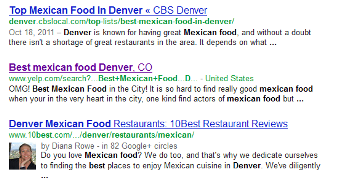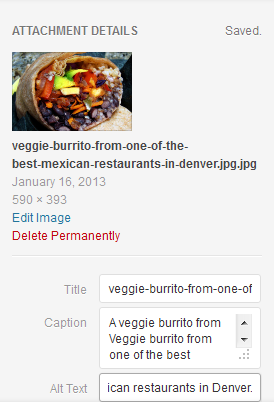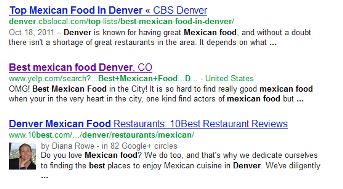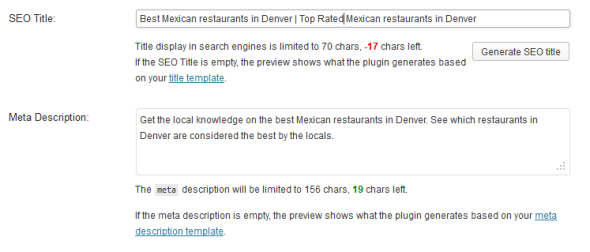What makes something get shared or go viral? This seems to be the Holy Grail of brand bliss. Everyone wants their day in the Internet sun. Recently at a Content Marketing Conference at which I did a keynote presentation, another presenter talked about taking her non-profit’s blog from a ghost town to shared by thousands. One of her nuggets of wisdom? Make people laugh, cry or fume.
Here are 12 great examples of brand videos that went viral – and a few are big misses in my opinion. See if you can determine each one’s “secret sauce” and why you think it got shared. How can you apply some of that magic to your own content marketing efforts?
Dollar Shave Club, Our Blades are F**ing Great by Paulilu Productions
10+ million views
Combine a funny, charismatic and good-looking founder like Mike Dubin (he wrote the script) with snappy jokes and quirky scenes, and you get viral video gold. This video makes you laugh out loud while still doing its job of explaining what the heck Dollar Shave Club does for its members. There is no mistaking the brand voice and vibe this company is going after. They make this the cool tribe of which you want to be part. One of my all-time fave brand videos.
Dove, Real Beauty Sketches by Ogilvy Mather
54+ million views
Dove uses a forensic artist to compare people’s perceptions of themselves with how others perceive them. Powerful, moving and hopeful. You may choke back a sob. The music and lighting really adds to this piece.
Kmart, Ship My Pants by Draftfcb
17+ million views
You may have seen this ad on TV. Customers use lewd wordplay to talk up Kmart’s free shipping service. It’s clever, fun and a little shocking. Wonder how many outtakes they had on this one that they couldn’t use.
Audi, The Challenge by Paulilu
5+ million views
Actors Zachary Quinto and Leonard Nimoy of Star Trek (new and old Spocks) square off in a race to the golf club in competing luxury performance cars. While from a true effective marketing perspective, the video is not quite clear on the benefits that make the Audi S7 superior to the Mercedes (except the clear point on trunk space), the video positions Audi as the new kid, replacing the old guard.
Red Bull, Red Bull Stratos by In-house
Almost 3 million views
World record free fall sponsored by Red Bull. Exciting, tension-filled and it captures our imaginations about what is possible. Choice of music is perfect.
Pepsi, Test Drive by TBWA\Chiat\Day
36+ million views
Racer Jeff Gordon takes an unsuspecting car salesman out for a high-speed test drive. This one is a miss in my view, as it’s clearly staged and the man is clearly an actor. Not sure what the main message or takeaway on this should be, but wanted to include it to show you that sometimes shock value is just pure fluff.
Metro Trains, Dumb Ways to Die byMcCann Melbourne
46 million views +
A song listing stupid ways to die, promoting safety around trains. I love this one. It’s clever, quirky, quiet and effective. The use of animation is perfect (I love crazy little monster characters like these so I’m a little biased). And they clearly get their point across with humor rather than by preaching.
H&M, David Beckham Bodywear by Marc Atlan Design
Almost 10 million views
Filmmaker Guy Ritchie directs a short featuring David Beckham running around in his underwear. I’ll let you decide if you think this is an effective video or not. It’s definitely on brand for H&M, though.
Old Spice, The Man Your Man Could Smell Like by Wieden + Kennedy
45+ million views
An idealized man using Old Spice convince the “ladies” to get your man to smell like him, featuring absurd and well-choreographed situations. This entire campaign did wonders for turning around the idea we all had of Old Spice being associated with our dads back in the 70’s. It’s funny, crazy, well-paced and worth sharing.
Microsoft, Child of the 90s by In-house
33+ million views
“You grew up. So did we. Reconnect with the new Internet Explorer.” Nostalgia targeted toward people who grew up in the 90s. Not sure about the point, except that they are trying to equate those warm nostalgic feelings of youth (within a targeted demographic) with the IE browser. Not sure this one works, as this seems like tugging at emotion for emotion’s sake, not because it advances the brand message.
Expedia, Find Your Understanding by 180 Los Angeles
2.5+ million views
An elderly father narrates his experience accepting his lesbian daughter’s marriage. Part of Expedia’s “Find Yours” campaign. It’s incredibly moving and may bring you to tears – but as seen in the Comments, it also produced some rage, too, which led to more controversy, views and sharing.
TNT, A Dramatic Surprise on a Quiet Square by Duval Guillaume Modem
45+ million views
A dramatic scene is staged in a public square after unsuspecting people press a red button. Classic staged event technique and it’s pretty clever in touting TNT’s expertise in drama. Not sure what the people who were there, however, made of all of this!
Which one is your favorite? Did I miss a juicy one that you adore? Please share in the Comments!










